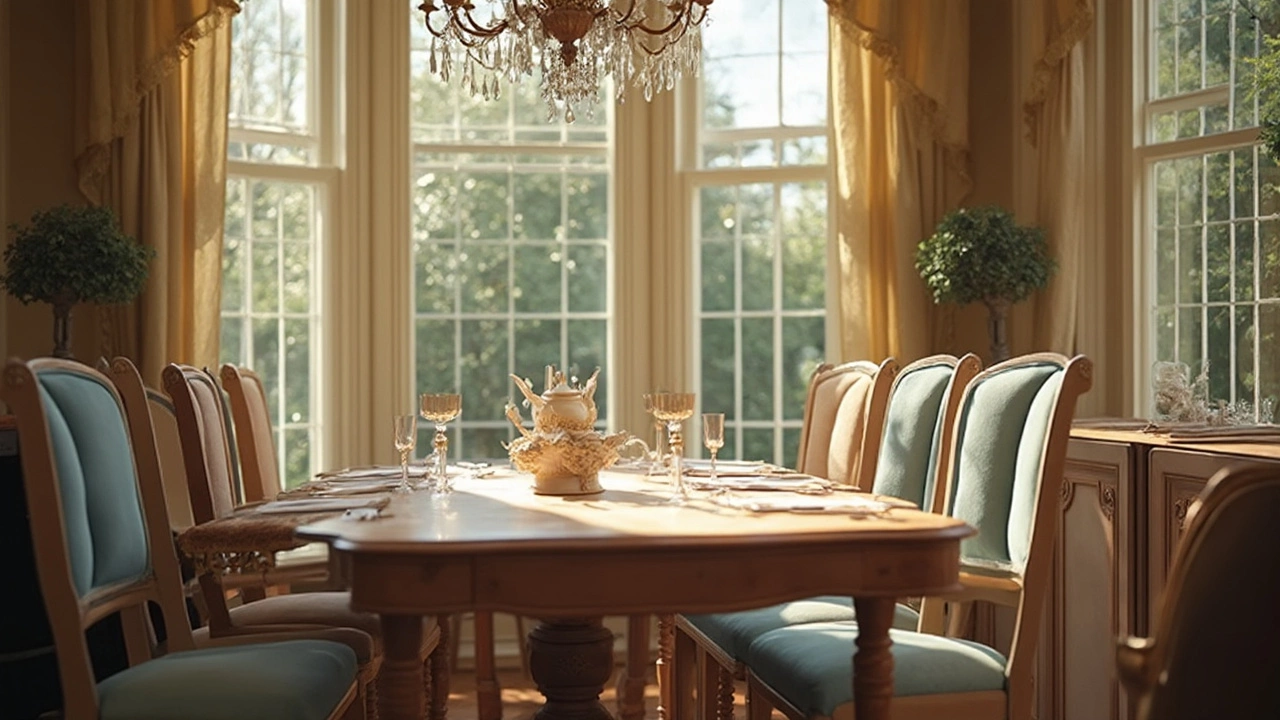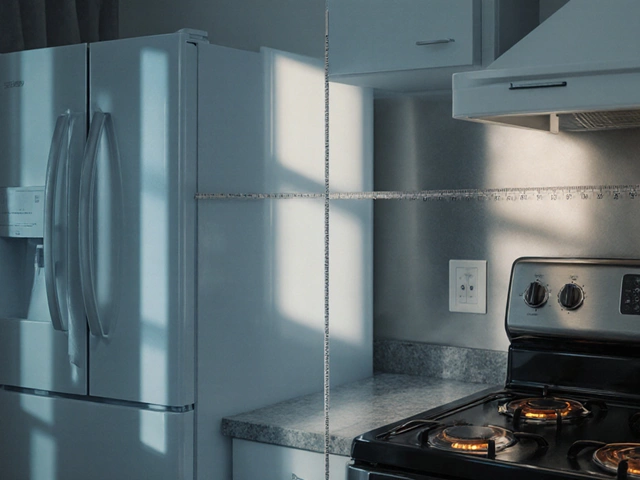Chair Design: How to Pick, Style & Make Your Space Sit Pretty
When you think about a room, the first thing you notice is often the chair. A well‑chosen chair can set the mood, add comfort, and even become a conversation starter. So let’s skip the jargon and get straight to the basics you need to know before you buy or design a chair.
Key Elements of Great Chair Design
First up, the shape. A chair’s silhouette should match the room’s vibe. Clean lines work well in modern spaces, while a curved back gives a softer feel for a cozy living room. Next, the material. Wood feels warm, metal feels sleek, and upholstery adds softness. Think about durability too – a fabric that stains easily isn’t the best for a family room.
Ergonomics matter more than you might think. A seat that’s too hard or too low will make you reach for a cushion later. Look for a slight dip in the seat and a backrest that supports the natural curve of your spine. If you spend hours at a desk, a chair with adjustable height and lumbar support can save your back.
Styling Chairs in Different Rooms
In the living room, a statement chair can replace a whole wall of art. Pair a bold colour or unique shape with a neutral sofa to keep the balance. For a dining area, chairs should be easy to move and sturdy enough for daily use. Mix wood legs with a fabric seat for a mix‑and‑match look that feels curated.Bedroom chairs are often overlooked. A simple upholstered chair at the foot of the bed can double as a reading nook. Choose a soft fabric and keep the size modest so it doesn’t dominate the space.
If you love the iconic spaghetti chair, think about where its thin frame will shine. It’s perfect for a light, airy office or a minimal‑styled hallway where you want a hint of design without bulk.
Don’t forget scale. A massive armchair in a small room will crowd the space, while a tiny stool in a large room looks lost. Measure your floor area and leave at least 24‑inch clearance around each piece for easy movement.
Finally, add personality with accessories. A patterned cushion, a bright throw, or a sleek metal tray can turn a plain chair into a standout piece. Keep the overall palette in mind – if the room is neutral, let the chair be the splash of colour.
Whether you’re buying off the shelf or designing a custom piece, focus on shape, material, ergonomics and scale. Those four pillars will help you pick a chair that looks great, feels good, and lasts long. Happy chair hunting!






